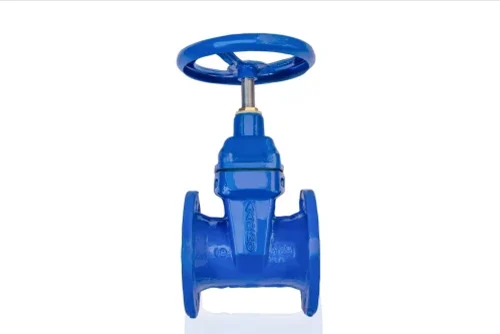From controlling fuel flow to managing ballast water, marine valves are the silent gatekeepers of every vessel. Whether you’re a shipowner, marine engineer, or curious enthusiast, understanding how these valves work is essential to grasping how a ship stays functional—and safe.
What Is a Marine Valve, and Why Is It So Critical?
A marine valve is a mechanical device that regulates, directs, or controls the flow of fluids—such as water, oil, gas, or steam—by opening, closing, or partially obstructing passageways. Onboard ships, valves are integral to propulsion, fuel systems, fire safety, bilge operations, and more.
Think of them as the “traffic lights” of fluid movement on a ship.
1. Gate Valves – The On-Off Guardians
Where it’s used: Ballast systems, bilge systems, sea water intakes
Gate valves are designed for full open or full close operations. When open, they allow unobstructed flow; when closed, they create a tight seal.
- Pros: Low pressure drop, excellent sealing
- Cons: Slow operation, not for throttling
2. Globe Valves – Precision Flow Control
Where it’s used: Fuel systems, cooling water lines
Globe valves offer better control over flow rates compared to gate valves. Their spherical body design allows precise regulation.
- Pros: Ideal for throttling
- Cons: Higher pressure loss, heavier
3. Butterfly Valves – Compact and Efficient
Where it’s used: HVAC systems, ventilation, ballast control
Lightweight and compact, butterfly valves are perfect for tight spaces. They rotate a disc inside the pipe to control flow.
- Pros: Space-saving, fast operation
- Cons: Less suitable for high-pressure systems
4. Ball Valves – The Quick Switch
Where it’s used: Fuel oil lines, fresh water systems
Ball valves use a rotating sphere to allow or block flow. They are durable, reliable, and allow quick shut-off.
- Pros: Minimal leakage, fast on/off
- Cons: Not ideal for throttling
5. Check Valves – The One-Way Protectors
Where it’s used: Bilge and ballast systems, fuel return lines
Check valves only allow flow in one direction, preventing backflow that can damage equipment or create safety hazards.
- Pros: Simple and automatic
- Cons: Can be sensitive to debris
Valve Materials – What Survives the Sea?
Marine valves are often made from:
- Bronze: Good corrosion resistance, used in seawater systems
- Stainless Steel: Strong, corrosion-resistant, ideal for high-pressure areas
- Cast Iron: Economical, but less corrosion-resistant
Material choice depends on fluid type, pressure, temperature, and exposure to saltwater.
Beyond the Basics – Smart and Automated Valves
With the rise of ship automation and digital control systems, modern vessels now incorporate:
- Electrically actuated valves
- Pneumatic and hydraulic valve systems
- Remote monitoring for flow and pressure status
These smart valves enhance efficiency, reduce manpower, and improve safety.
Final Thoughts – Small Parts, Big Impact
Though often hidden below deck, marine valves are at the heart of nearly every ship operation. Choosing the right valve—and maintaining it well—can mean the difference between smooth sailing and critical failure.
At sea, even the smallest component can carry the weight of the entire ship.
